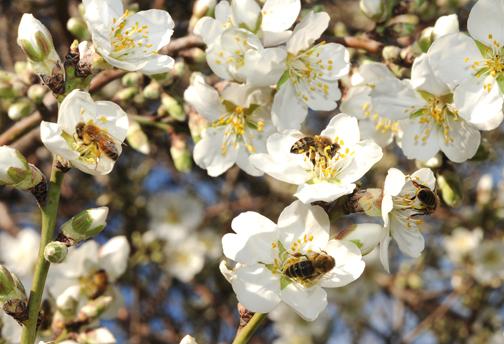Overwinter Pests and New Pesticide Regulations Near Schools
A Focus on Overwintering Pests and New Spray Regulations Near Schools
By Patrick Cavanaugh, Farm News Director
California Ag Today recently spoke with Ryan Jacobsen, CEO and executive director of the Fresno County Farm Bureau, about pest pressures in Fresno county as well as new pesticide regulations that were put put in place around K-12 schools and licensed daycare centers beginning Jan 1.
“When you talk about pest pressure, the warmer temperatures that we saw last year because of the multiple storms that were rolling through helped help many pests get through the season and start in greater numbers earlier in the year, and that’s what we saw happen. We have had many warm days so far this winter, and it will be interesting to see if pests respond to that in the coming spring,” Jacobsen said.
“There definitely this time of year when it comes to so many of our different other crops that folks are doing all their different cultural practices to make sure that they are doing what they can in vineyards, orchards and open grounds to reduce those pest pressures for the upcoming year and hopefully you get through the season,” Jacobsen explained.
And there are new regulations that farmers will have to follow when spraying within a quarter mile of schools and licensed daycare centers between 6am and 6pm. But Jacobson says that this won’t be a big change for farmers, as Central Valley farmers had been following regulations like this for many years.
“Most of these have been in practice by these growers in south Joaquin Valley for years. Our kids are going to those same schools, and we’re trying to be the best neighbors and stewards of the land next to these schools as possible,” Jacobsen said. “Nevertheless, every time you get to government involved, obviously there’s going to be some difficulties and some paperwork or regulatory red tape that’s going to be added to the process there. And I think that’s what you’re seeing with these current rules here in Fresno County.”
“And I know where our agricultural commissioner’s office has worked hand-in-hand with local growers regarding spraying near schools,” he said. “But in anticipation of these rules, and just even before they were even discussed, the industry did what they could to make sure that these applications that were next to schools were done appropriately successfully and that there was no issue.











